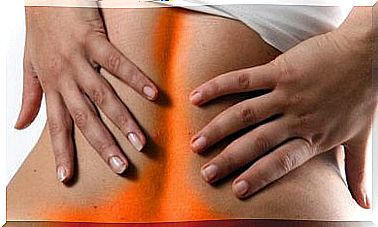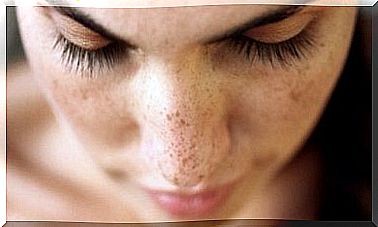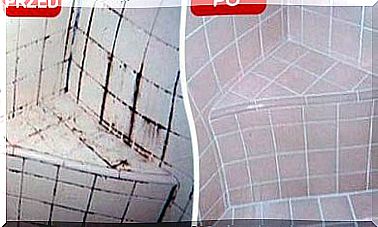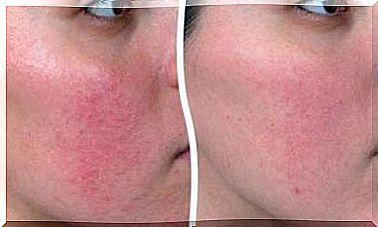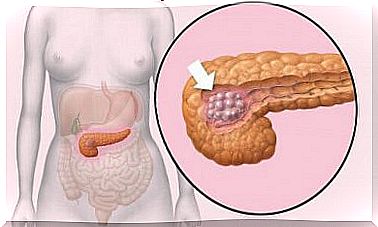Thyroid Changes, What Should We Know About Them?
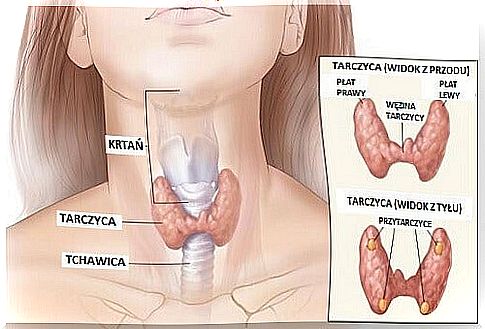
The thyroid gland is a very problematic gland and changes often occur in it, the most common of which is the goiter of the thyroid gland. These changes are hereditary and are more common in women than in men. More about the changes taking place in the thyroid gland later in this article .
Facts about the thyroid gland
Good knowledge about this gland is the first step to prevention. Here is a collection of key facts:
- The thyroid gland is a gland weighing 20 grams located at the base of the neck, above the windpipe. Its functions are the synthesis, storage and release of two hormones: thyroxine (T4) and triiodothyronine (T3). These hormones contribute to the good functioning of cells.
- Goitre of the thyroid gland is the most common disease of this gland, which consists in its enlargement. Most nodules are benign, but a medical examination is required to find out. Other problems include an underactive or overactive gland, manifested by too low or high levels of thyroid hormones in the blood, respectively. So keep in mind that not all people who have thyroid problems suffer from goiter.
- A common symptom of thyroid disease is an enlarged gland, which manifests as lumps in the neck. They are felt while bathing, shaving or applying makeup. When the lump is large, swallowing and breathing difficulties and a change of voice may occur.
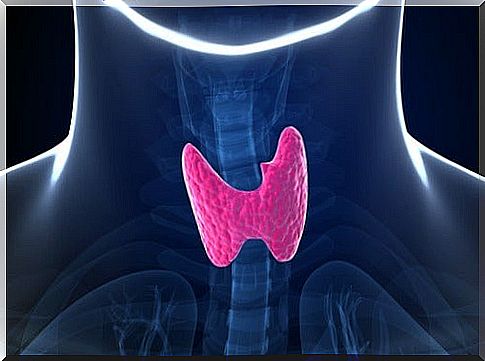
- Thyroid problems are much more common in women than in men, in a ratio of 6: 1. They are more likely after the menopause or after the age of 40.
- People who consume a small amount of iodine are more likely to develop lumps. An additional risk factor is the family history of the disease, or the cervical radiation treatment performed in childhood, for example due to weight gain or autoimmune diseases (albinism, diabetes, psoriasis, rheumatoid arthritis). Stress, smoking, viral or bacterial infections, prolonged treatment with the same drug, or excessive iodine intake in a too short time may also have an impact.
- Benign nodules should be checked every six or twelve months, as recommended by your endocrinologist. Their size can be reduced by means of a surgical intervention. In patients with hypothyroidism, it is recommended to take levothyroxine – a substitute for thyroid hormone. In case of hyperthyroidism, metizol is prescribed. Remember that non-smokers and those who undergo early treatment are more likely to recover completely.
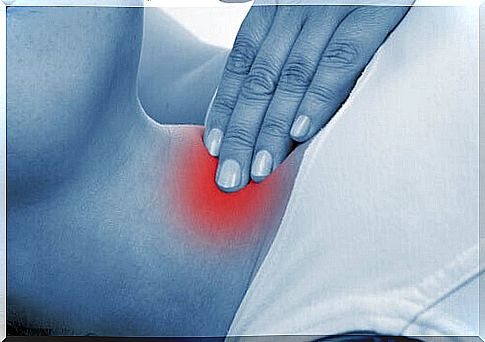
Features of the goiter of the thyroid gland
As mentioned before, goiter is the most common thyroid disorder. Its main feature is the enlargement of the neck, visible to the naked eye. Depending on how it affects the thyroid gland, two types of goiter can be distinguished:
- distracted as it grows evenly
- nodular, where its growth is uneven, most often in the form of one or more nodules
These bumps may be small and grow slowly, causing neck pain, difficulty breathing or swallowing, and hoarseness. The symptoms may be accompanied by side effects such as overproduction of thyroid hormones, thickening of the skin, feeling cold, constipation, etc.

The disorders that cause goiter in the thyroid gland can vary, but are usually caused by low levels of iodine in our meals. This requires the thyroid gland to produce iodine with its hormones. The pituitary gland therefore produces more of the hormone TSH (thyrotropin) to increase its role and size.
Two other causes of goiter:
- Hashimoto’s disease. This is a chronic inflammation and requires thyroxine to treat it.
- Graves’ disease. It occurs when the immune system produces antibodies that stimulate the thyroid gland. TSI (Immunoglobulin Stimulating Hormone) reduces the effects of TSH (thyrotropin), which causes the thyroid gland to become overactive and increase.
How to recognize the disease?
Diagnosis of goiter is made by touching the neck. The doctor assesses the growth of nodules, sensitivity, and looks for signs of organ compression: difficulty swallowing, voice disorders, shortness of breath, and breathing problems. Sometimes an ultrasound of the gland helps to assess the number of lumps. You can also perform a microscopic examination. A good way to diagnose a goiter is with a blood test, fine needle biopsy, and scintigraphy.

The goiter can be the same size for a long time or grow regularly. It can also cause an overactive thyroid gland, i.e. an excessive secretion of hormones.
Goiter occurs in people who live in areas with low air and food iodine content. The use of iodized table salt could solve the problem, but its positive effect in treating the disease has not been confirmed. The group of people exposed to goiter of the thyroid gland includes women, people with family history of the disease and people over the age of 40.
Treatment of goiter in the thyroid gland includes: replacement pills for lack of hormone in the body or low doses of iodine or potassium iodide, treatment with radioactive iodine to shrink the gland, or surgery to remove it.


